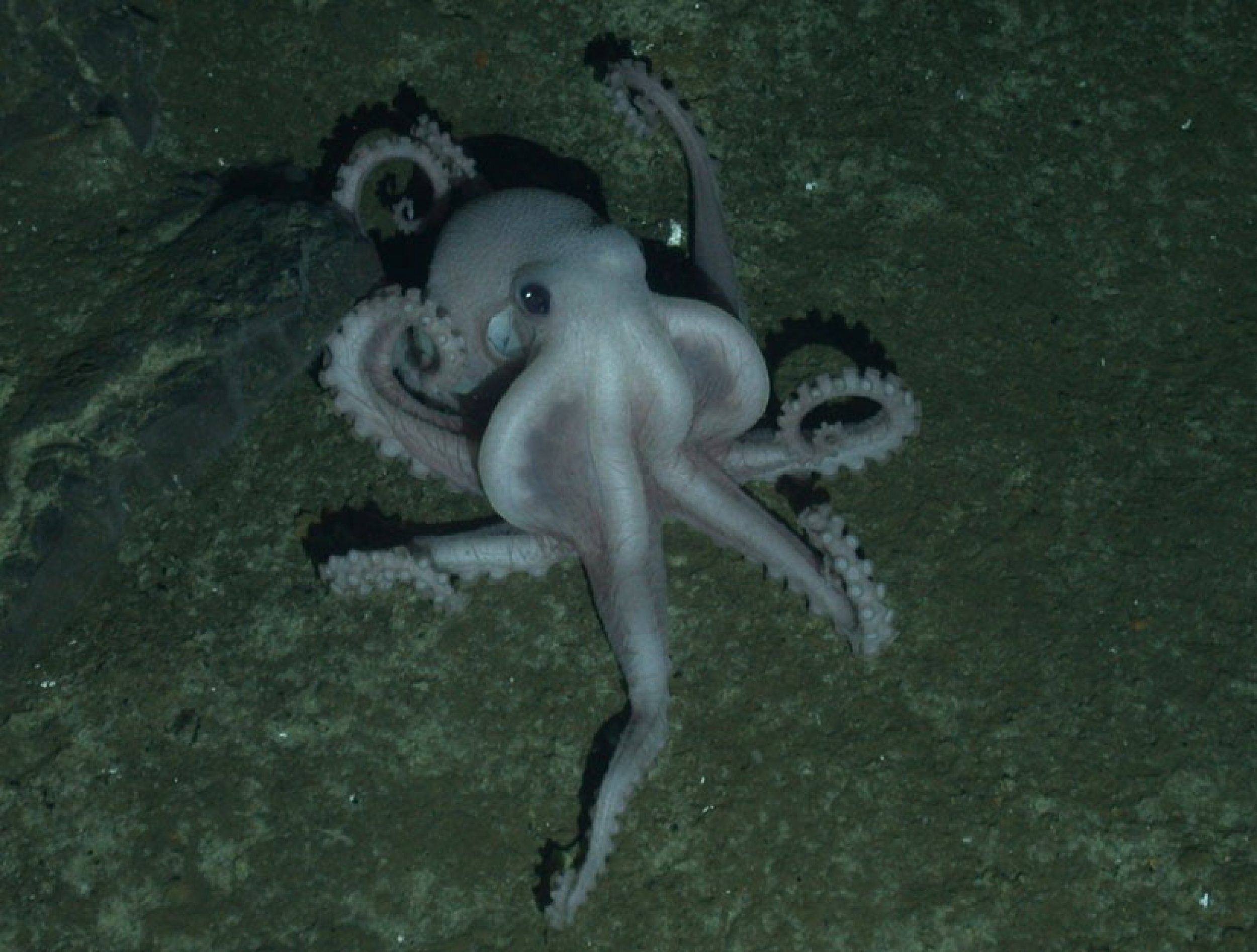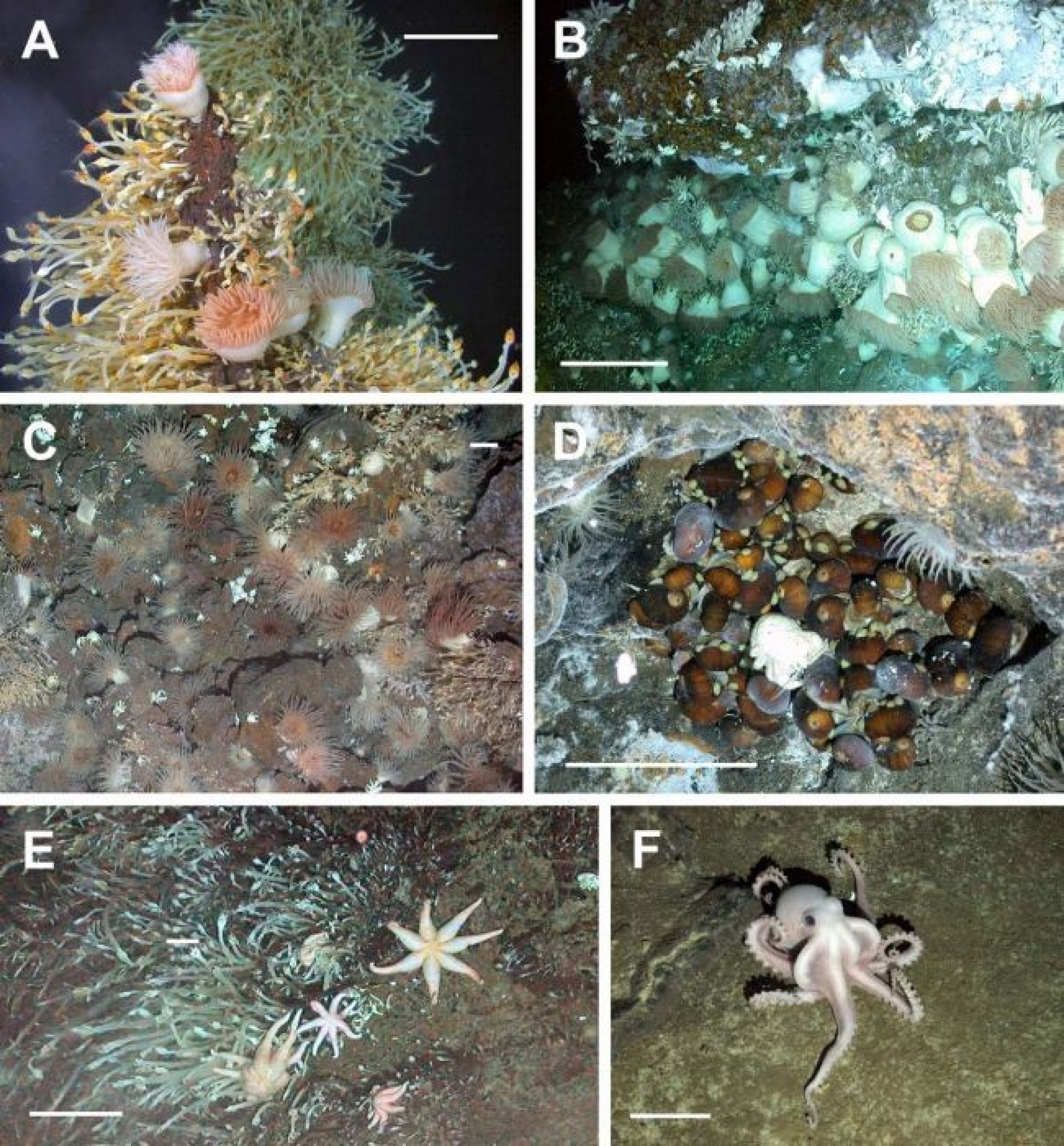'Lost World' of Unknown Species Discovered on Dark Antarctic Seafloor (PHOTOS)
Researchers from the University of Oxford, University of Southampton, National Oceanography Centre, and the British Antarctic Survey have discovered new communities of species on the seafloor near Antarctica.
The species, found clustered in the hot and dark environment surrounding hydrothermal vents, had remained unknown to science thus far, researchers said.
The underwater plumes, discovered between the southern tip of South America and the Antarctic Peninsula, include new species of a hairy-chested yeti crab, predatory seven-legged seastar, barnacles, sea anemones and ghostly-looking octopus.
This was the first time researchers used a Remotely Operated Vehicle (ROV) called Isis to explore the East Scotia Ridge deep beneath the Southern Ocean.
In this region, hydrothermal vents, including black smokers reaching temperatures of up to 382 degrees Celsius, create a unique environment. They lack sunlight but are rich in certain chemicals, say scientists.
Hydrothermal vents are home to animals found nowhere else on the planet that get their energy not from the Sun but from breaking down chemicals, such as hydrogen sulphide, says Professor Alex Rogers of Oxford University's Department of Zoology, who led the research.
It was a remarkable experience. You're not quite sure if these things are mineral or biological structures. That's a very unusual feeling to see all this stuff for the first time and saying I don't understand what's going on here.
The discoveries came during a January and February 2010 expedition to the region. However, it took almost two years to get them published because there were so many undescribed species that the team of researchers had to send samples to experts around the world for identification, the Discovery News reported.
According to Cindy Van Dover, director of the Duke University Marine Laboratory, the discovery of dense populations of crabs related to the yeti crab is especially intriguing. This family of crabs was discovered in 2005 at hot springs in the southeastern Pacific -- there must be an evolutionary link between the two regions, says Dover.
Check out the images of the unknown species below:




© Copyright IBTimes 2024. All rights reserved.












